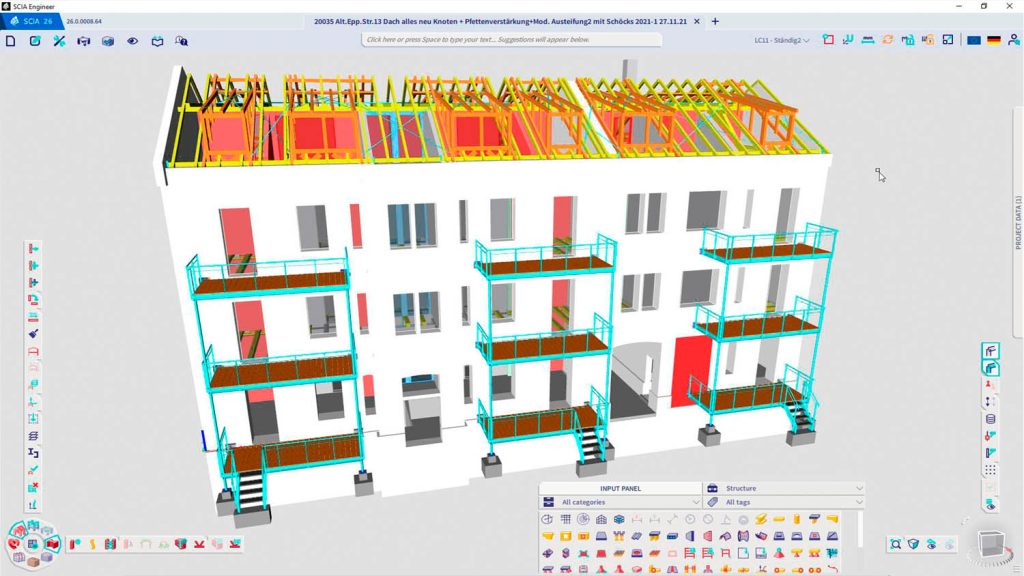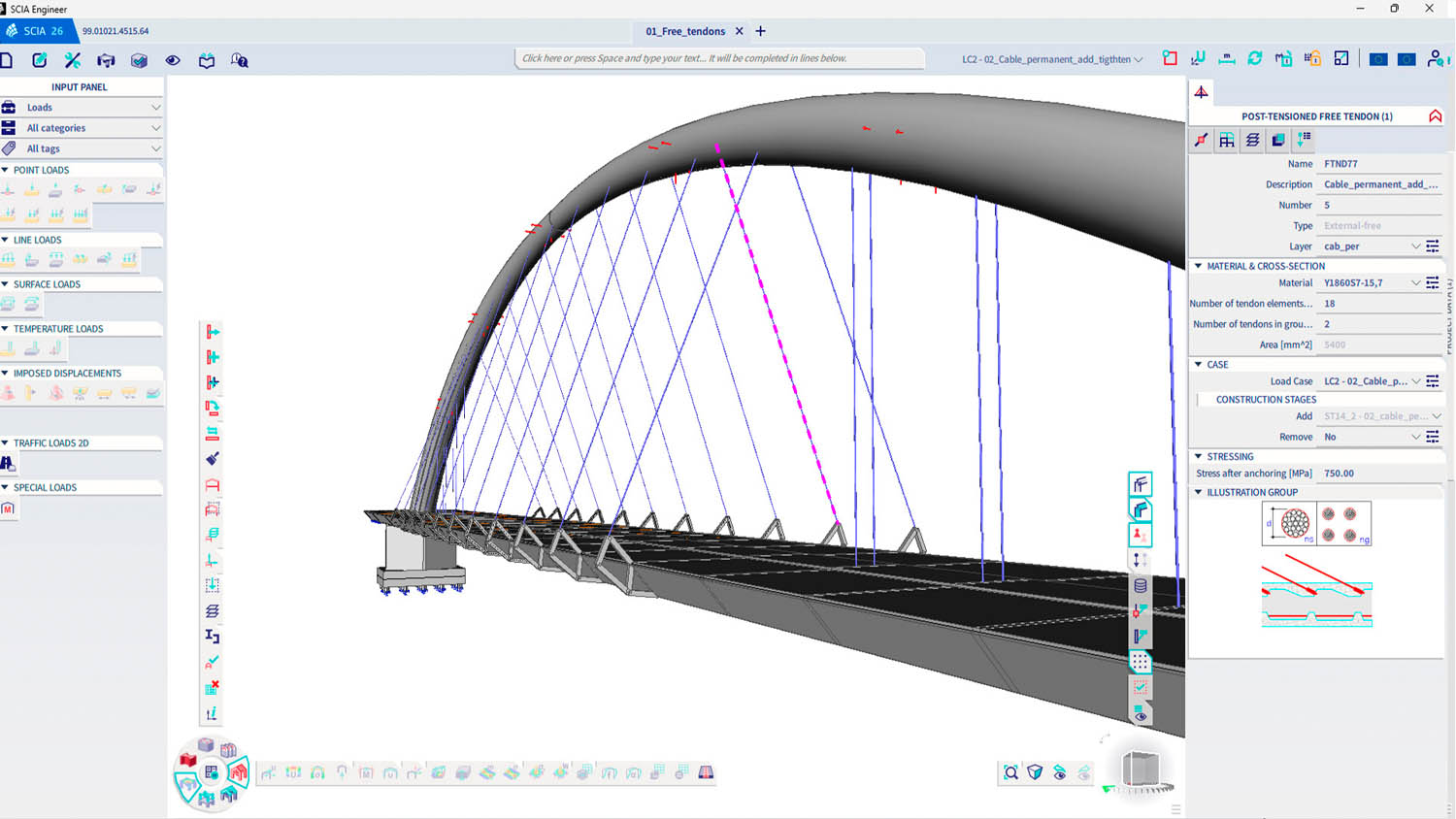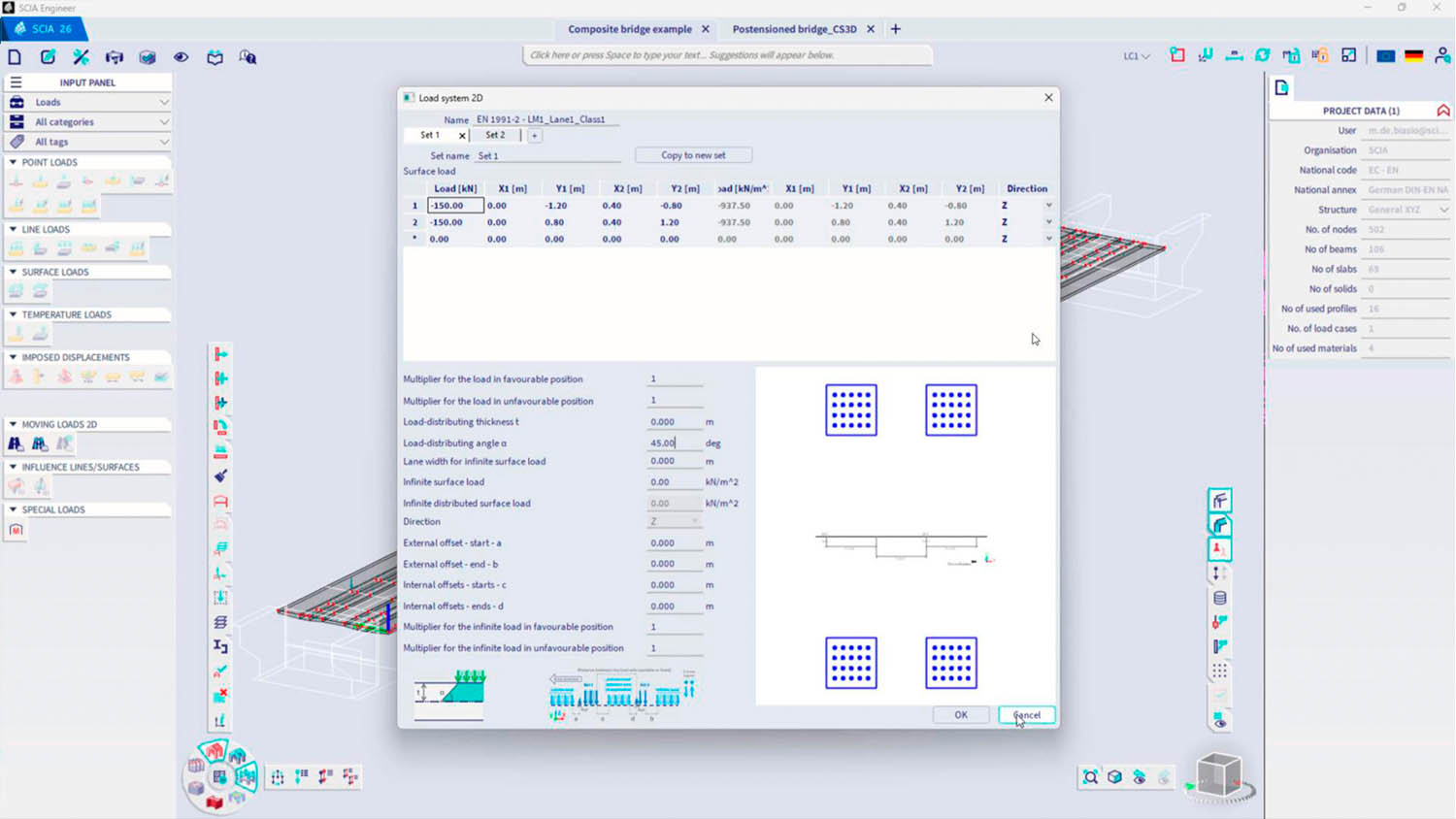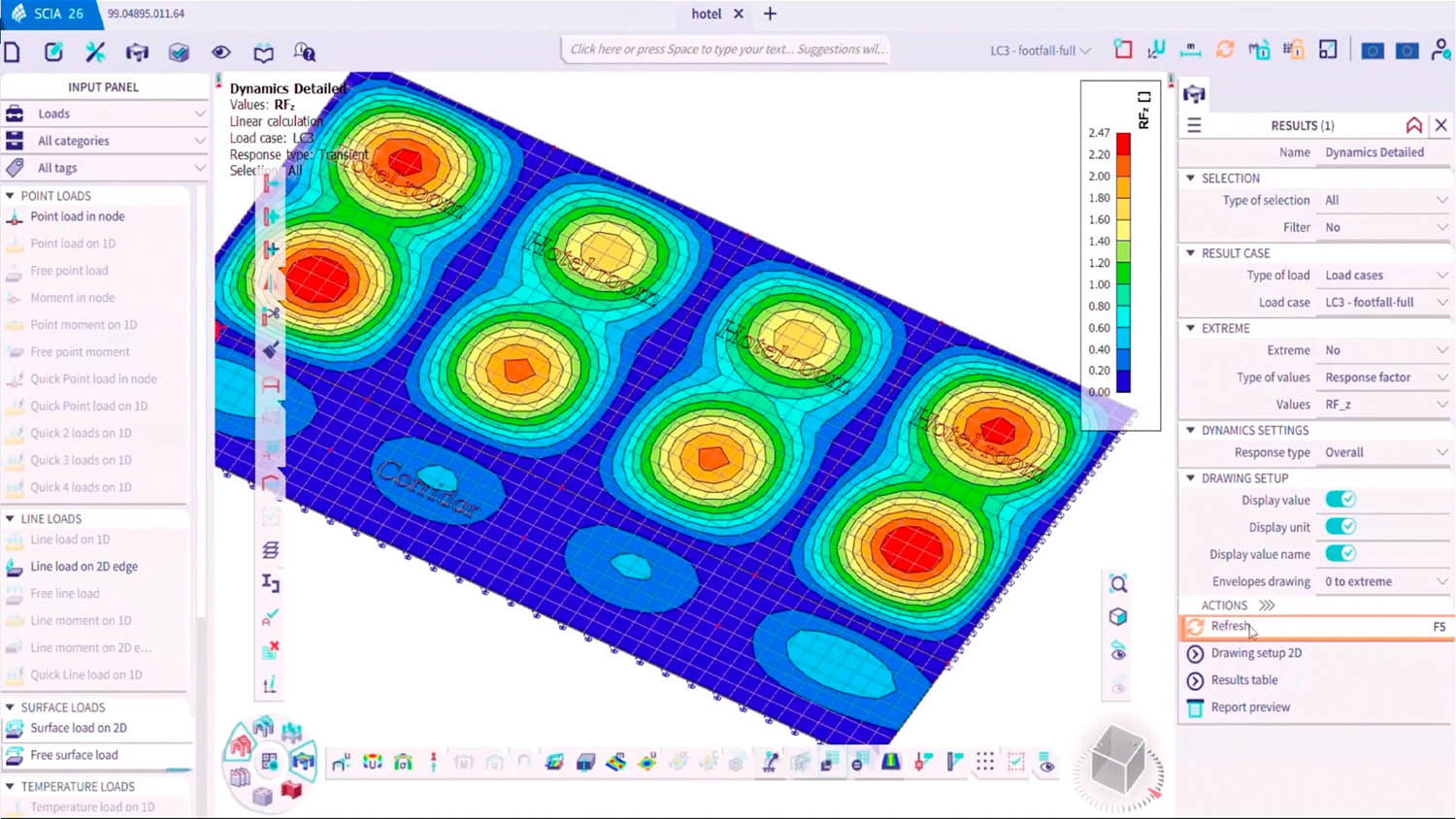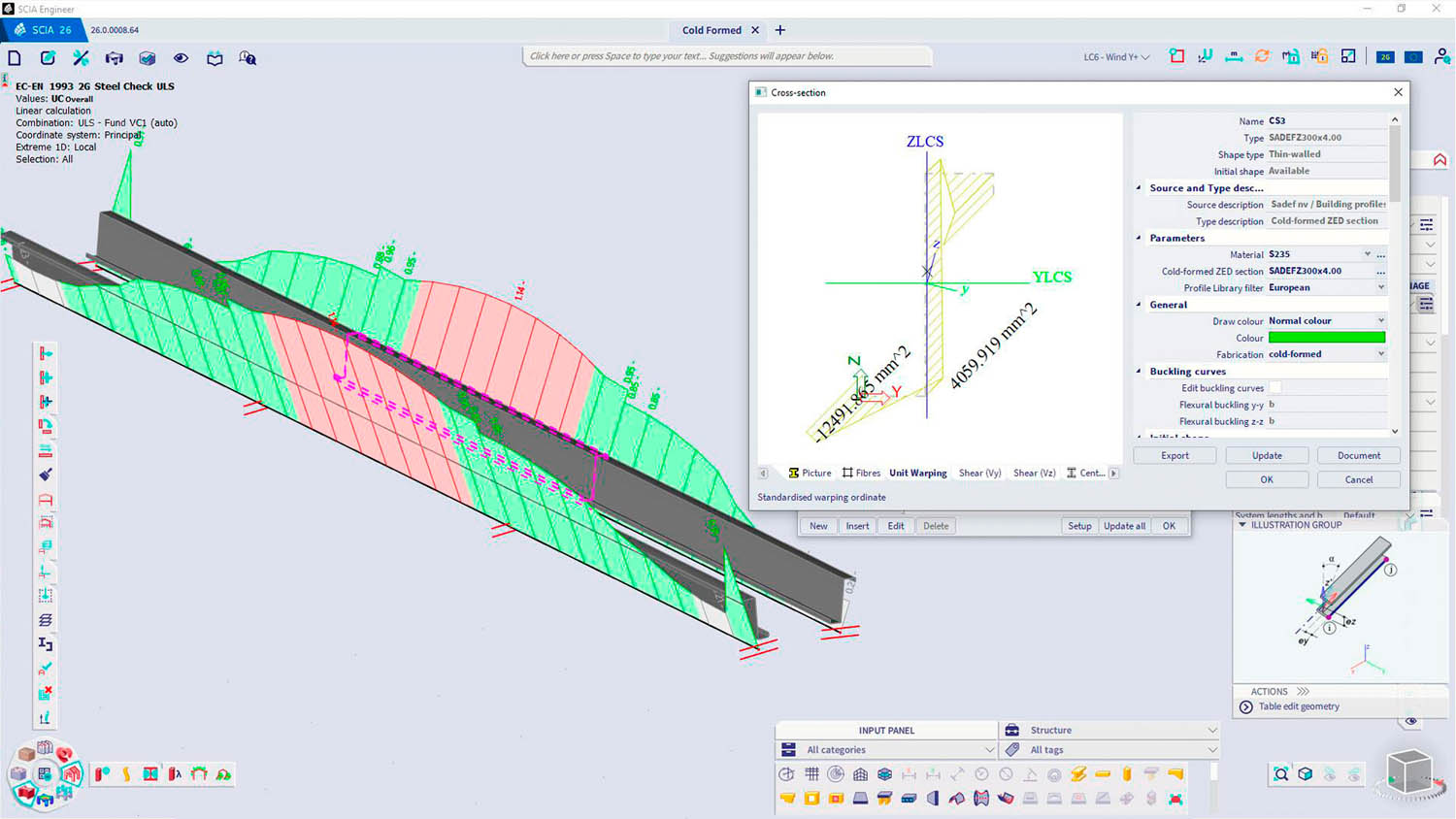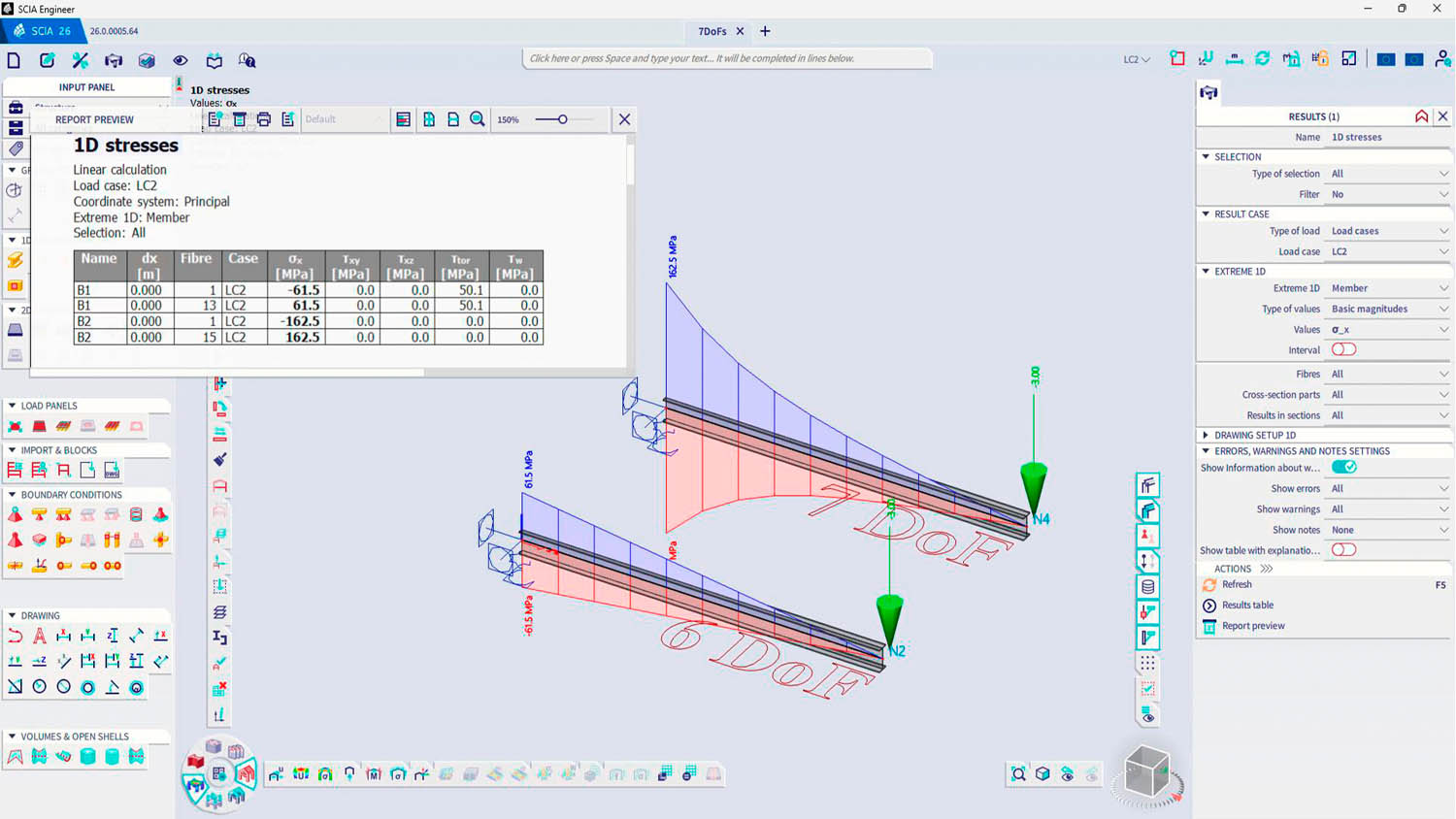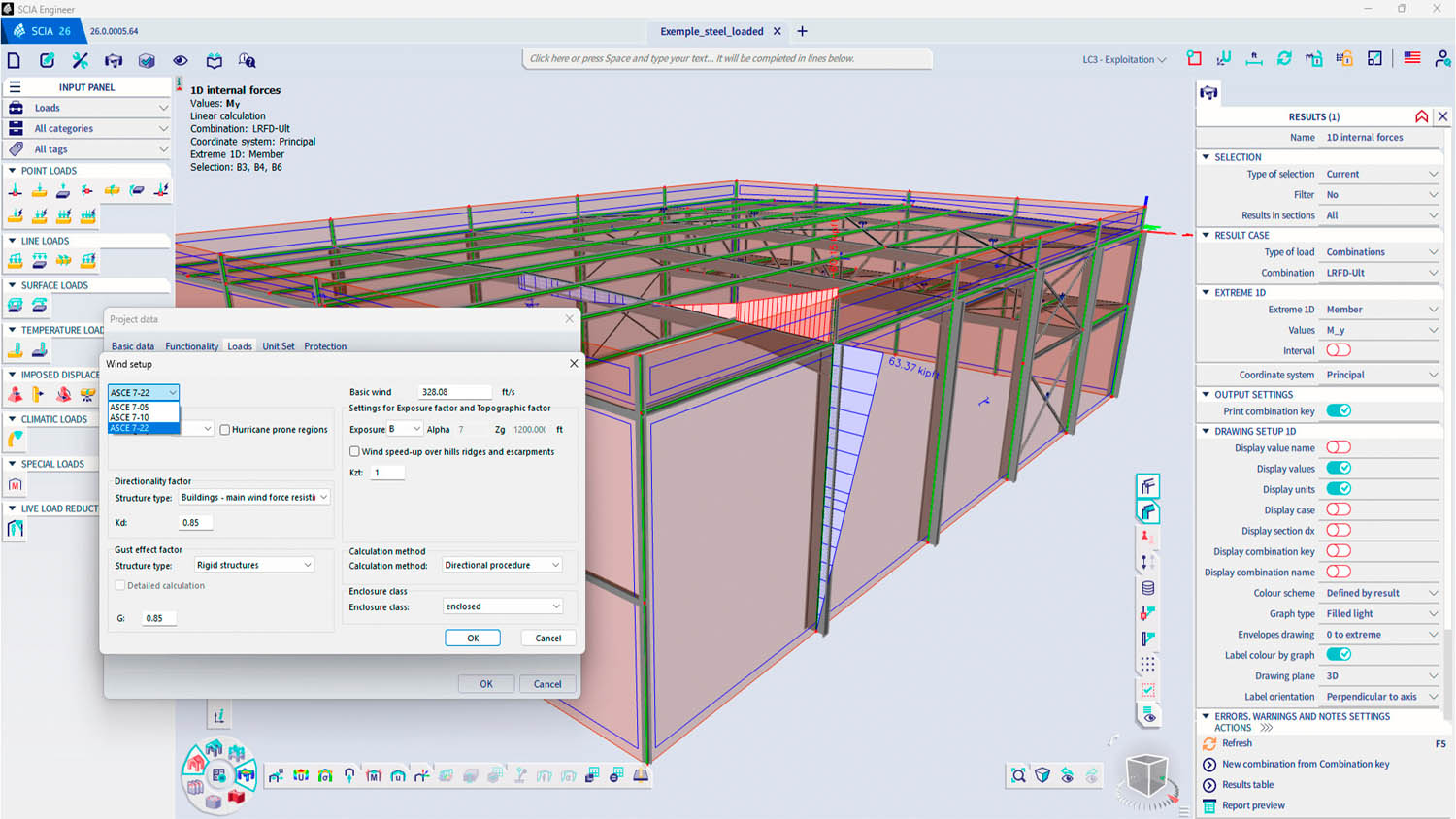Structural analysis and design software puts spotlight on mobile loads, while expanding code compliance
Scia has released Scia Engineer 2026, a major update to its multi-material structural analysis and design software.
Headline enhancements include better tools for designing structures subject to mobile loads, full compliance with the upcoming 2nd generation of Eurocodes, and automated wind load generation in compliance with the latest US design code ASCE 7-22.
Other new features include “accurate and economical” design of structures subjected to significant torsion and new tools to help eliminate vibrations due to human activity.
For moving load systems, such as traffic on bridges, cranes in industrial facilities, or crowds walking across slabs, Scia promises significant time savings for simulation by making it “easy and straightforward” to handle the large number of load combinations. The software automatically identifies the worst-case load positions before running calculations, eliminating the need to process negligible or non-critical load cases.
For buildings with large open areas, footbridges or lightweight floors, the new foot-fall (vibration) analysis capability allows engineers to model human-activity induced dynamic responses, helping to eliminate vibration issues and avoid costly modifications after construction.
For elements subjected to high torsion or thin-walled/open-section beams, the “Beam FE accounting for warping (7th degree of freedom)” feature is said to ensure deeper, more accurate analysis, avoiding the limitations of standard beam finite elements.
Additionally, modelling of external (unbonded) tendons for beams, slabs, walls and plates has been enhanced: users can define tendon paths manually or import them and perform staged analysis to simulate installation, tensioning and grouting processes.
Finally, on the interoperability front, SCIA Engineer 2026 integrates with the broader Bimplus model-based data and information management collaboration platform to help support model-based data sharing across disciplines and project phases from design through build and operation.

